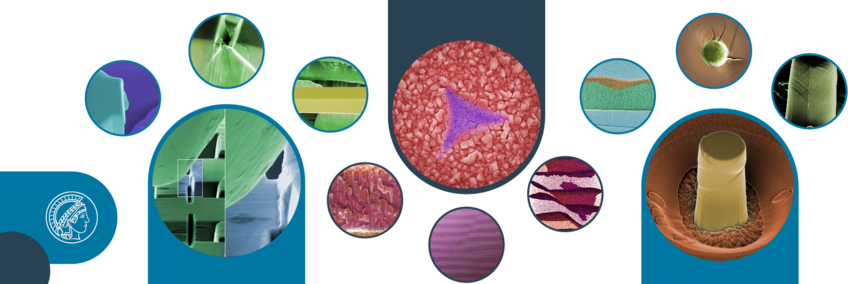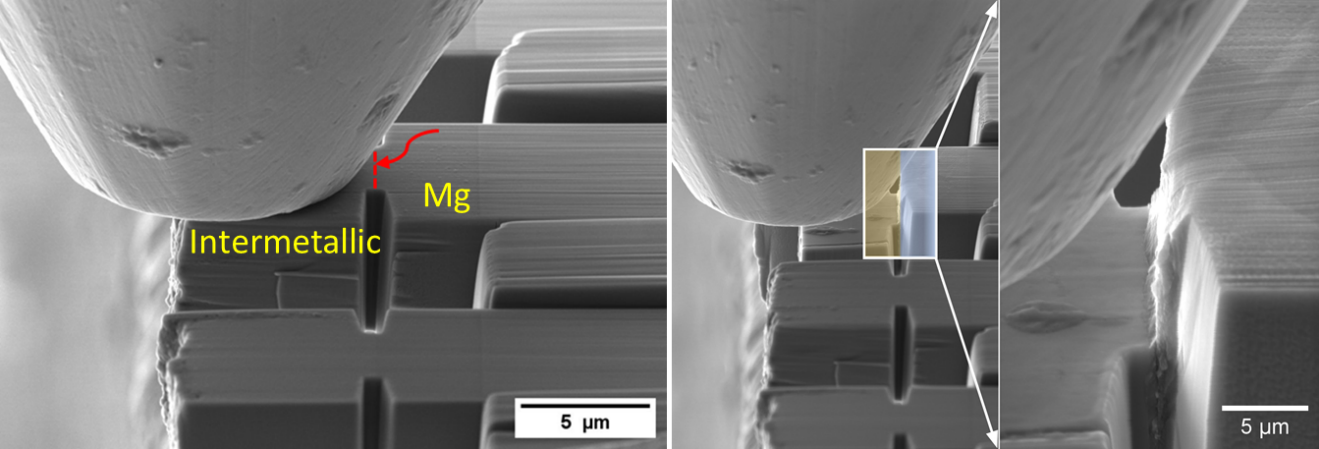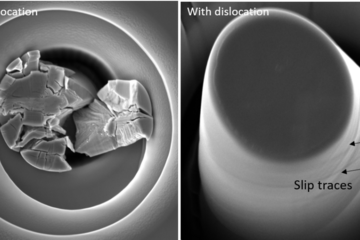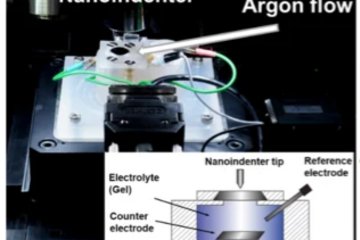
Fracture at interfaces
Here the focus lies on investigating the temperature dependent fracture of materials down to the individual microstructural length-scales, such as respective phases, grain/phase boundaries or hetero-interfaces, to understand brittle-ductile transitions in deformation and the role of chemistry or crystallography on it.
Whether macroscale components for structural applications such as bridges, ships, aircraft, or microscale systems such as thin-films or interconnects in microelectronic devices, fracture is largely governed by interactions between growing crack tips and microstructural phases or interfaces. Examples include failure of metallic alloys due to cracking of brittle intermetallics (IM) or decohesion at the IM-metal interfaces, or temperature dependent weakening of grain boundaries leading to intergranular fracture. The primary goal of this research theme is to investigate the fracture properties of materials down to the individual microstructural length scale by probing site-specific fracture behavior using in situ small-scale testing methods inside a scanning electron microscope.
Hetero-interface deformation of intermetallic-metal interfaces: The strength of intermetallic-metal interface is being investigated using a novel microshear testing methodology. The CaMg2 IM-Mg interface, important in Mg-Al-Ca ternary alloys, undergo failure by interface shearing and decohesion. Here the strength of the CaMg2 IM-Mg interface is being investigated using combinatorial thin films of the CaMg2 Laves phase intermetallic deposited on Mg coated Si substrate. The microshear specimen dimensions are optimized by finite element modelling to obtain geometry insensitive interface strength, followed by in situ shear testing of FIB milled microshear geometries. This simple technique allows direct quantification of the strength of intermetallic-metal interfaces, and can be applied to understand local interface mechanics of hetero-interfaces in materials (A. Kanjilal, et al.). This also opens up the possibility to investigate the thermal dependence of interfacial deformation mechanics.

Fracture of intermetallic materials, including at high-temperatures: This project (supported by the DFG 1394) investigates the fracture of intermetallic materials and the role of temperature-driven brittle-ductile transitions, crystallography and composition on fracture. Many metallic alloys have microscale intermetallic precipitates dispersed in their matrix, which may improve the strength of the alloy but their brittle nature also makes them susceptible to cracking and fracture. Through micro- and nano-mechanical testing we investigate the fracture toughness of Laves phases in the Mg-Al-Ca system, while additionally highlighting the role of temperature and cleavage planes, which are then used to understand the interface strength between the Laves phase and Mg. Cubic C15 CaAl2 and hexagonal C14 CaMg2 Laves phases are studied as single-phase specimens, which are commonly found in Mg-alloys. Microscale fracture testing based on microcantilever bending and micropillar splitting are used to determine the toughness, while cleavage planes are initially identified through spherical indentation (J.P. Best, et al.). We employ high-temperature nanoindentation to monitor changes in slip activity and cracking and screen the transition temperature from brittle to ductile behaviour for the intermetallic phases (A. Kanjilal, et al.). The effect of temperature on fracture toughness is evaluated using microscale fracture testing techniques, followed by post mortem electron microscopic characterization of the deformed microstructures to obtain mechanistic insights into the brittle-ductile transition behavior.

(see Journal of Materials Science, Materials & Design)
Funding: DFG SFB 1394, Prof. G. Dehm













